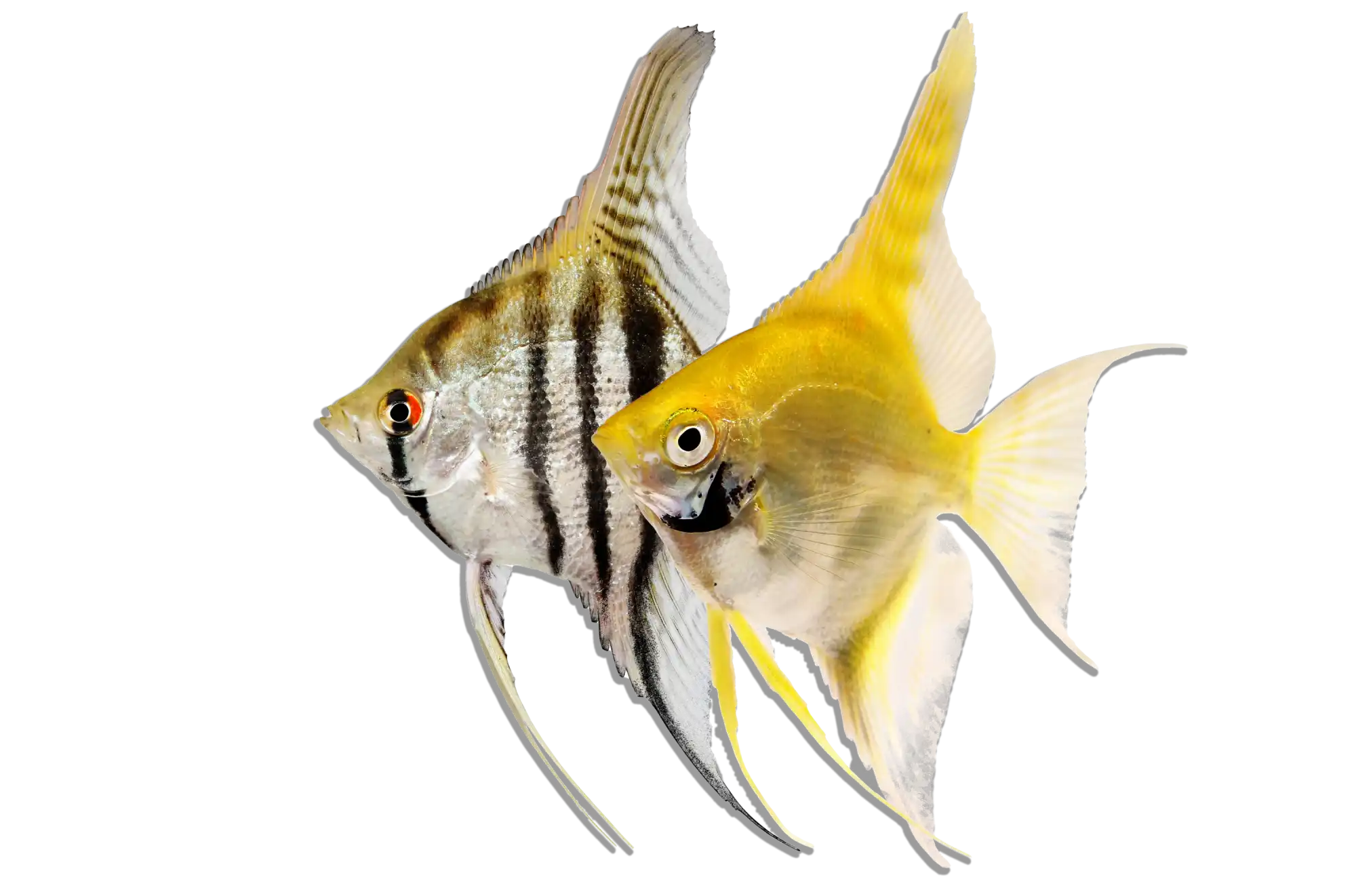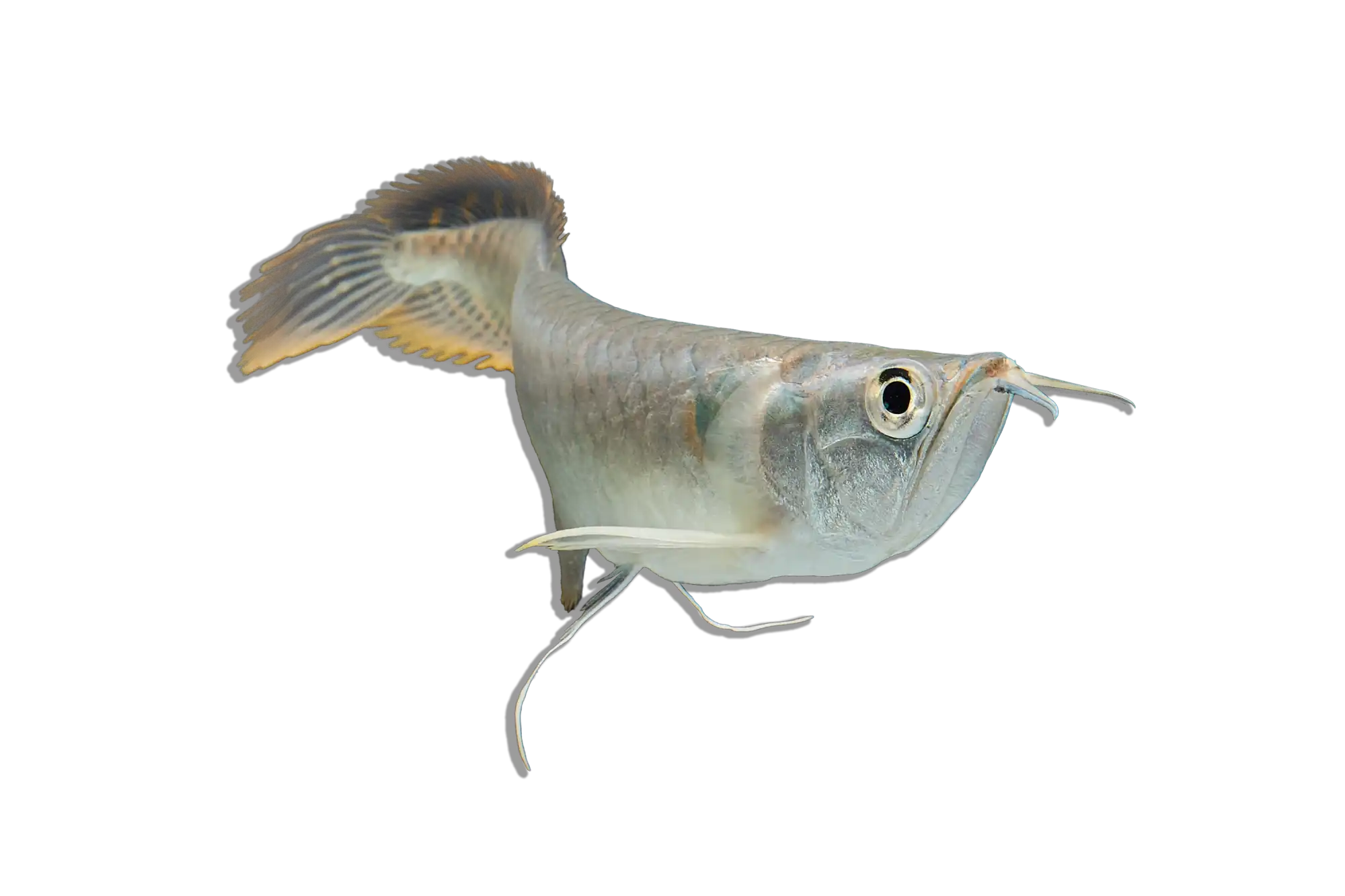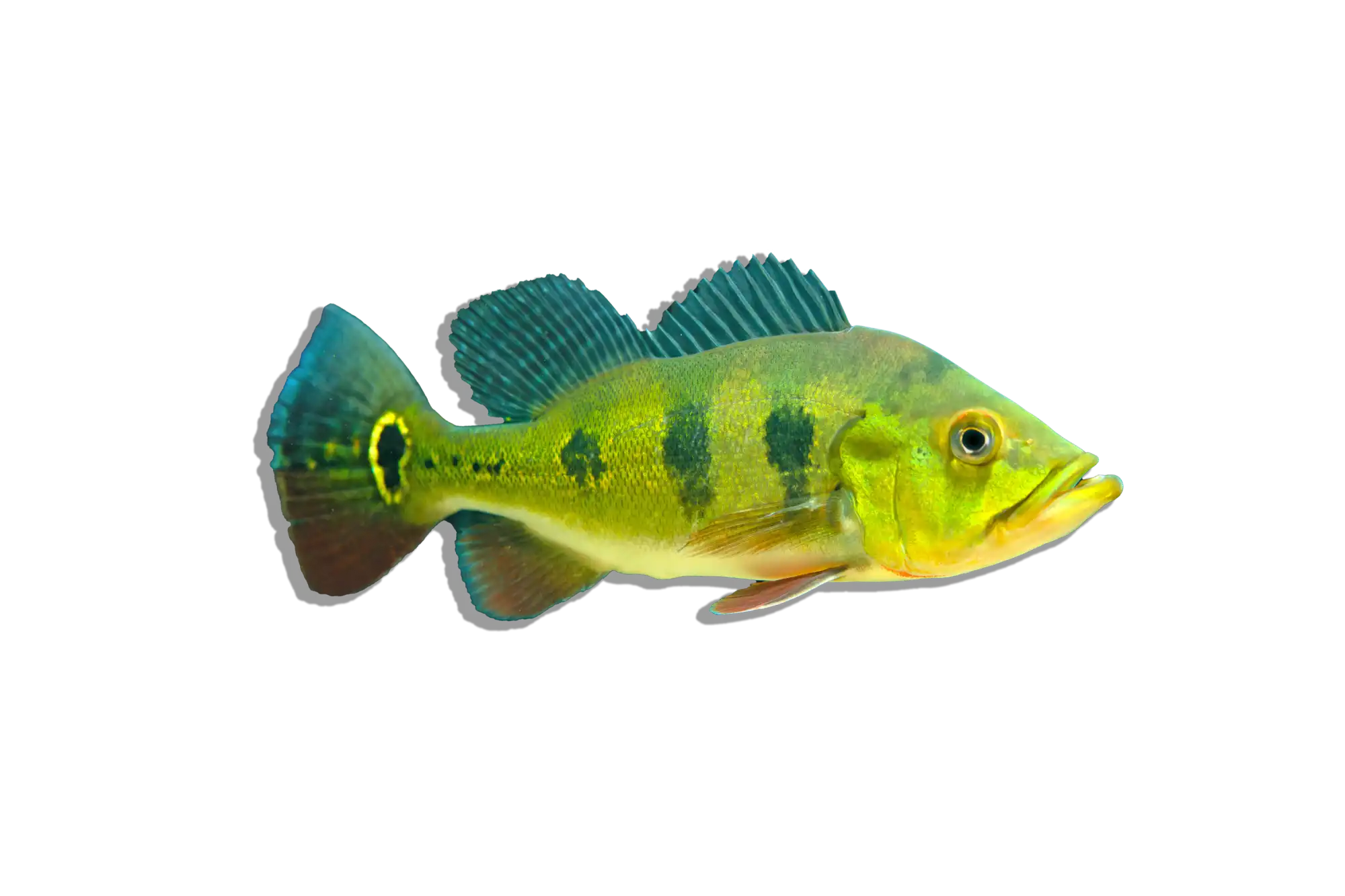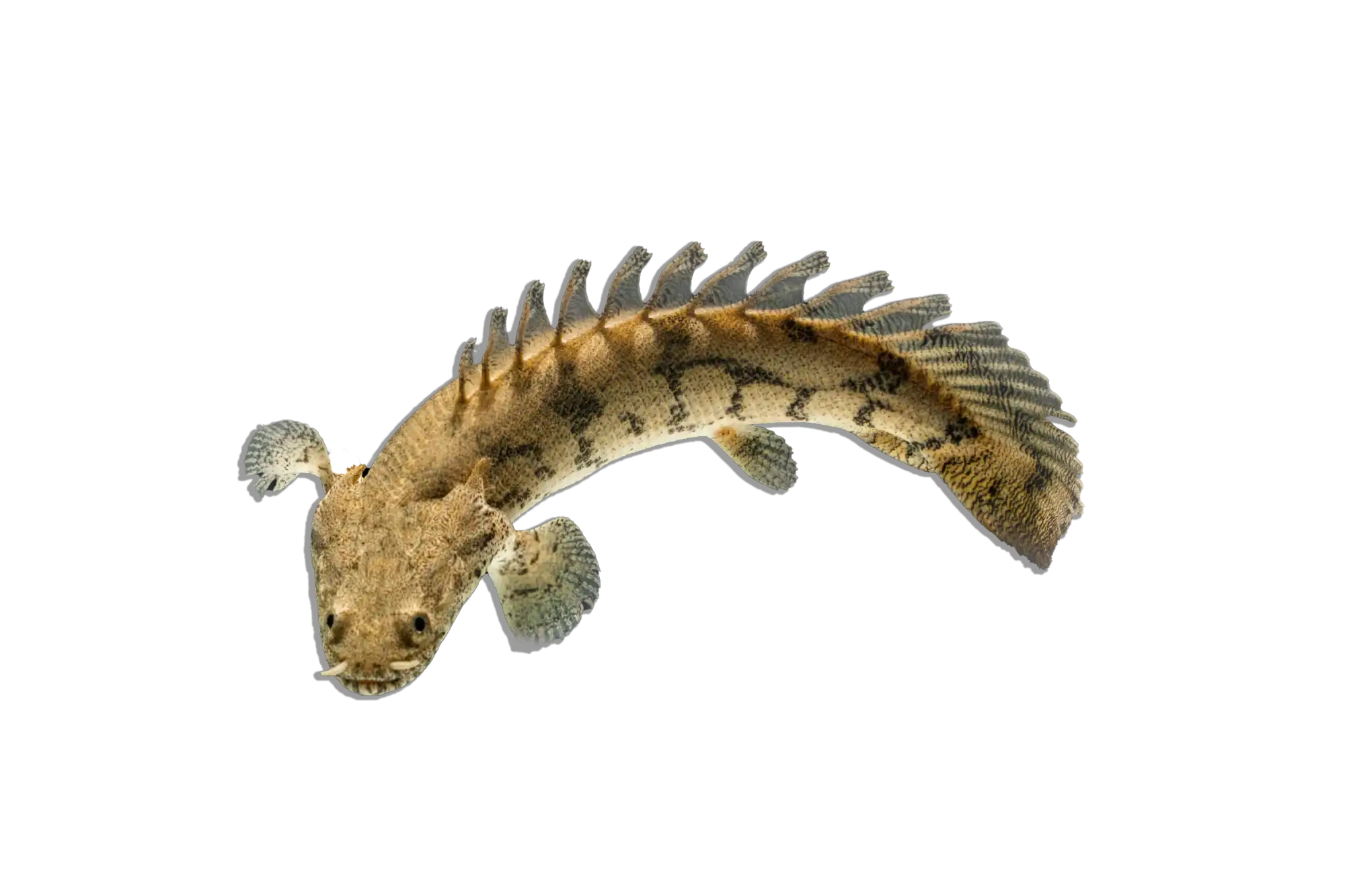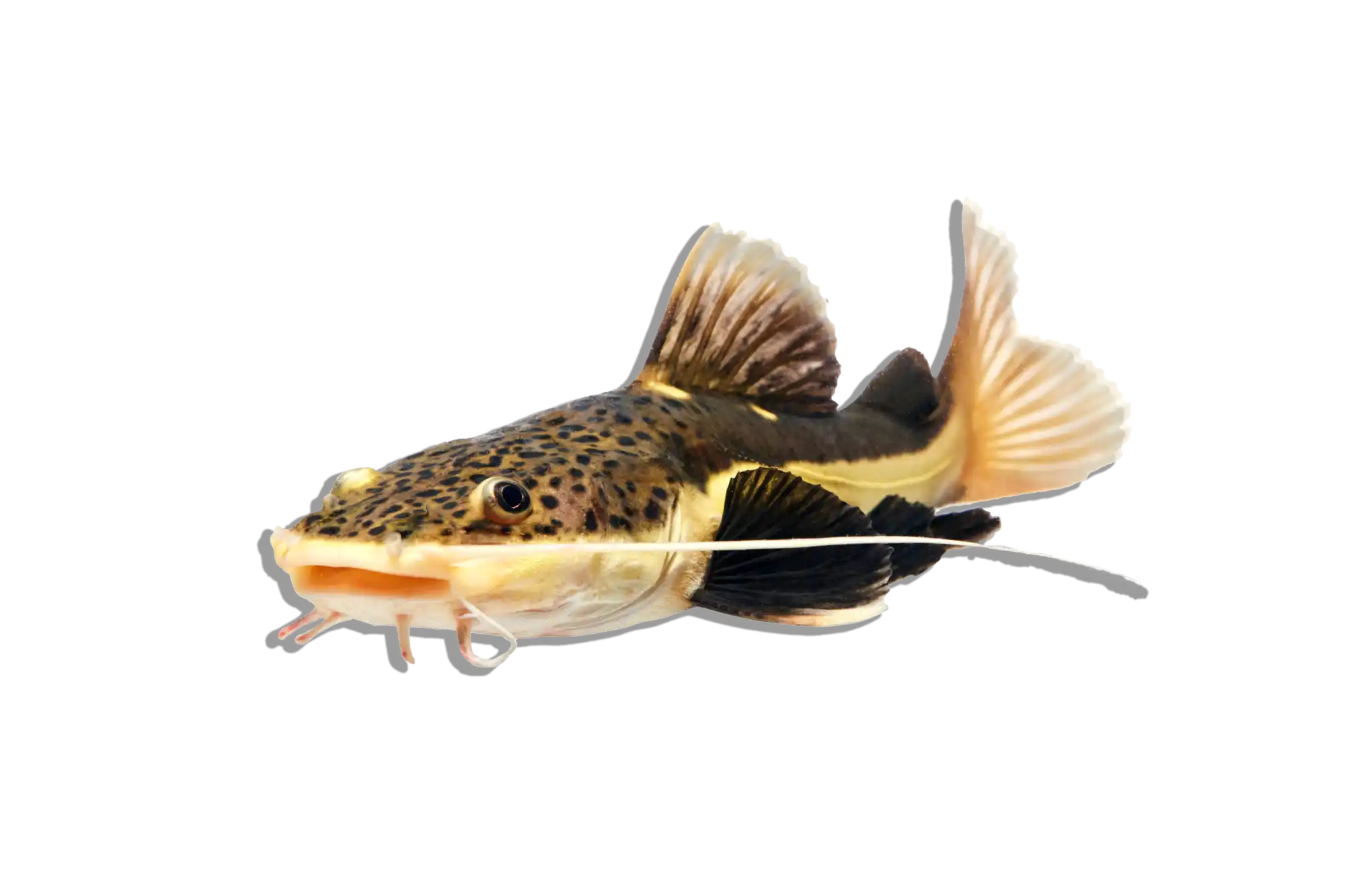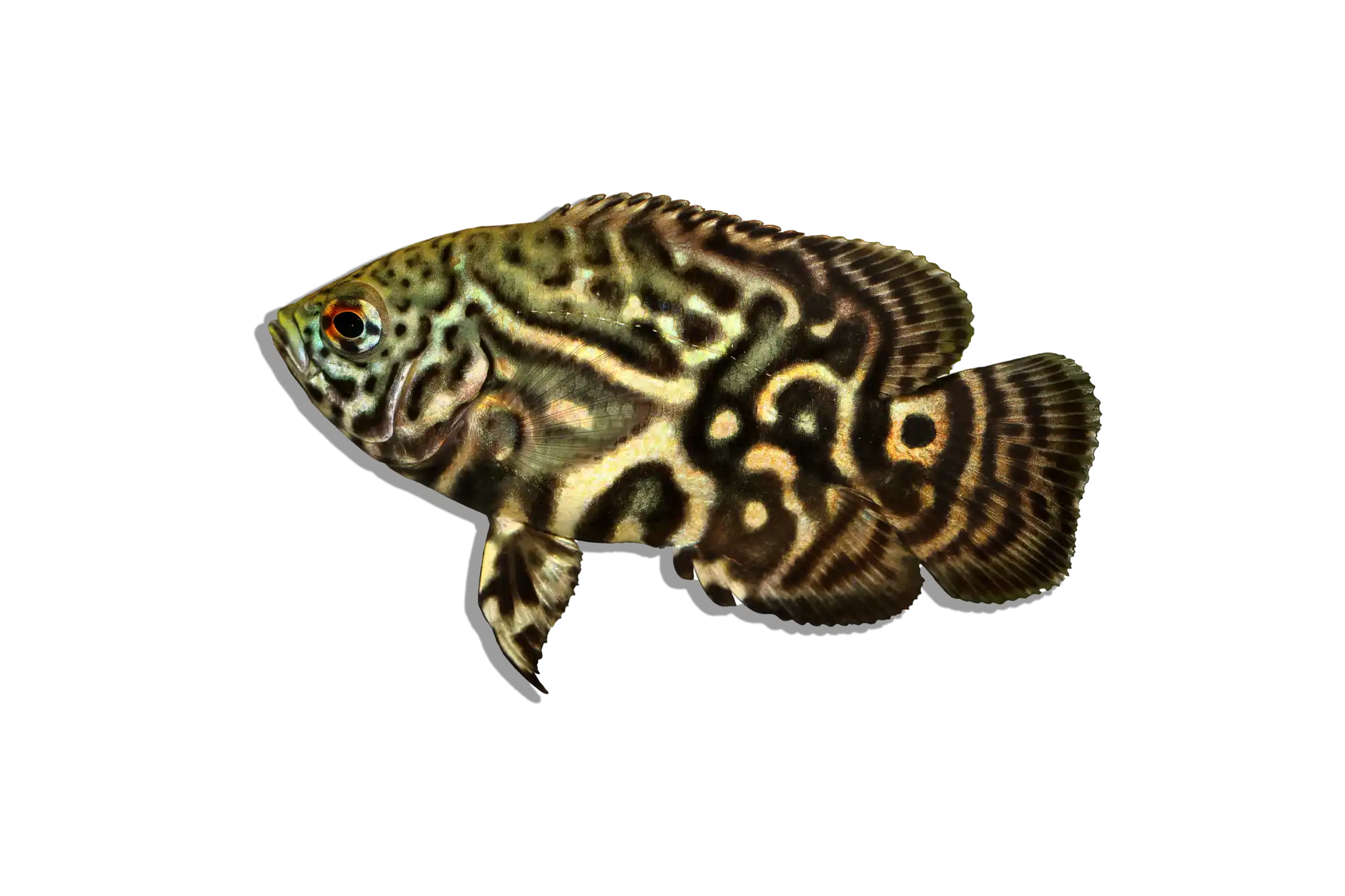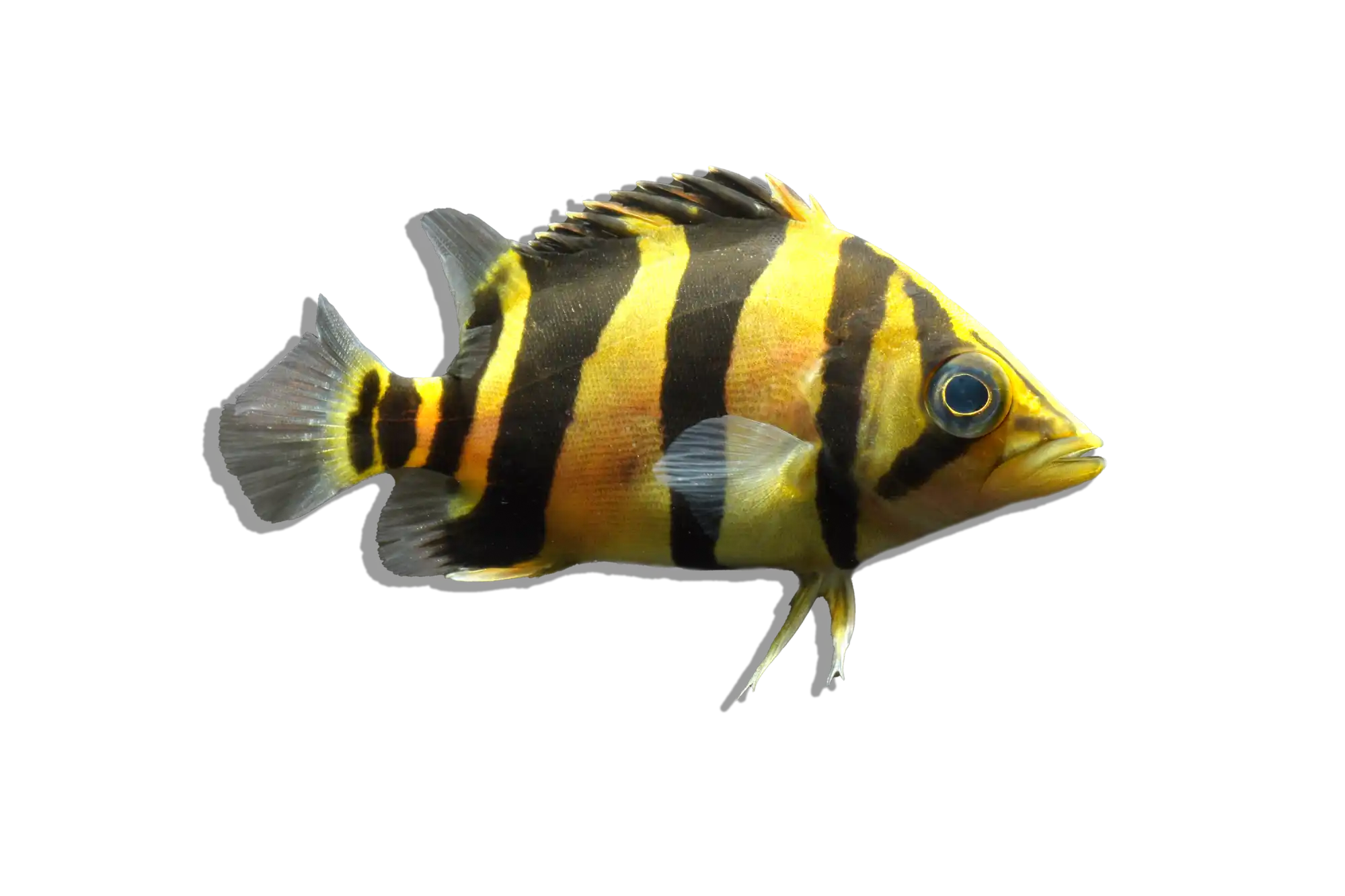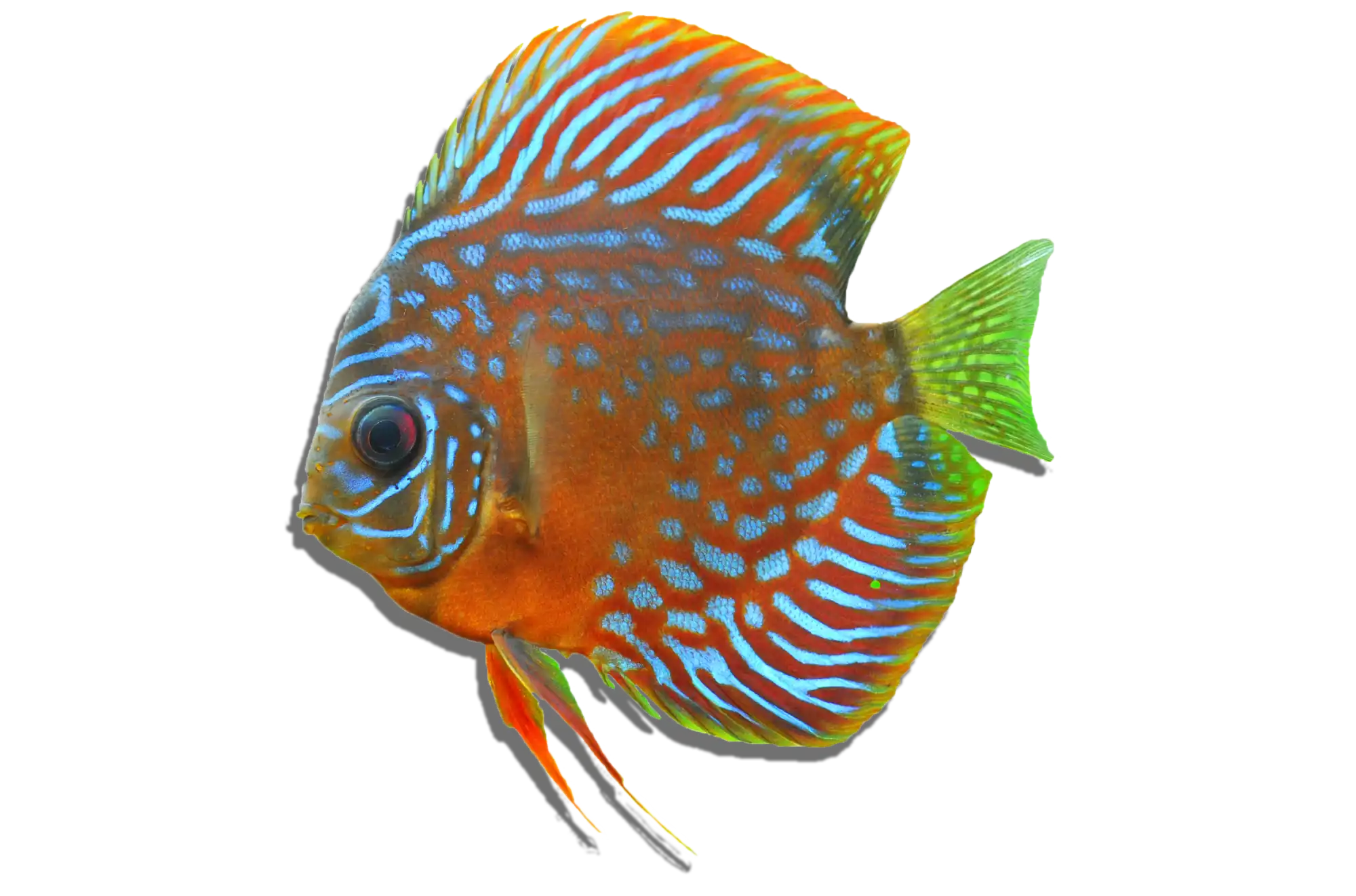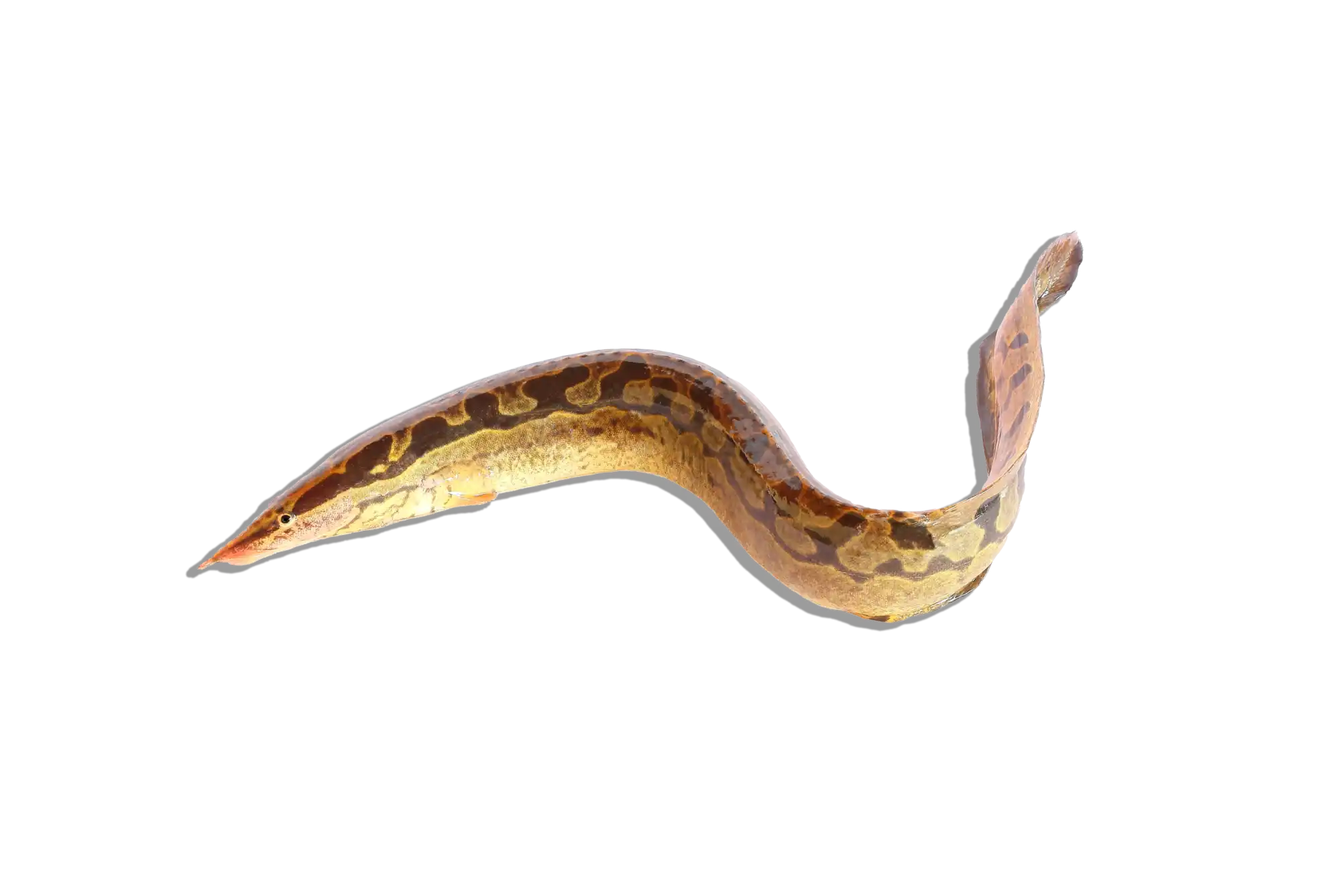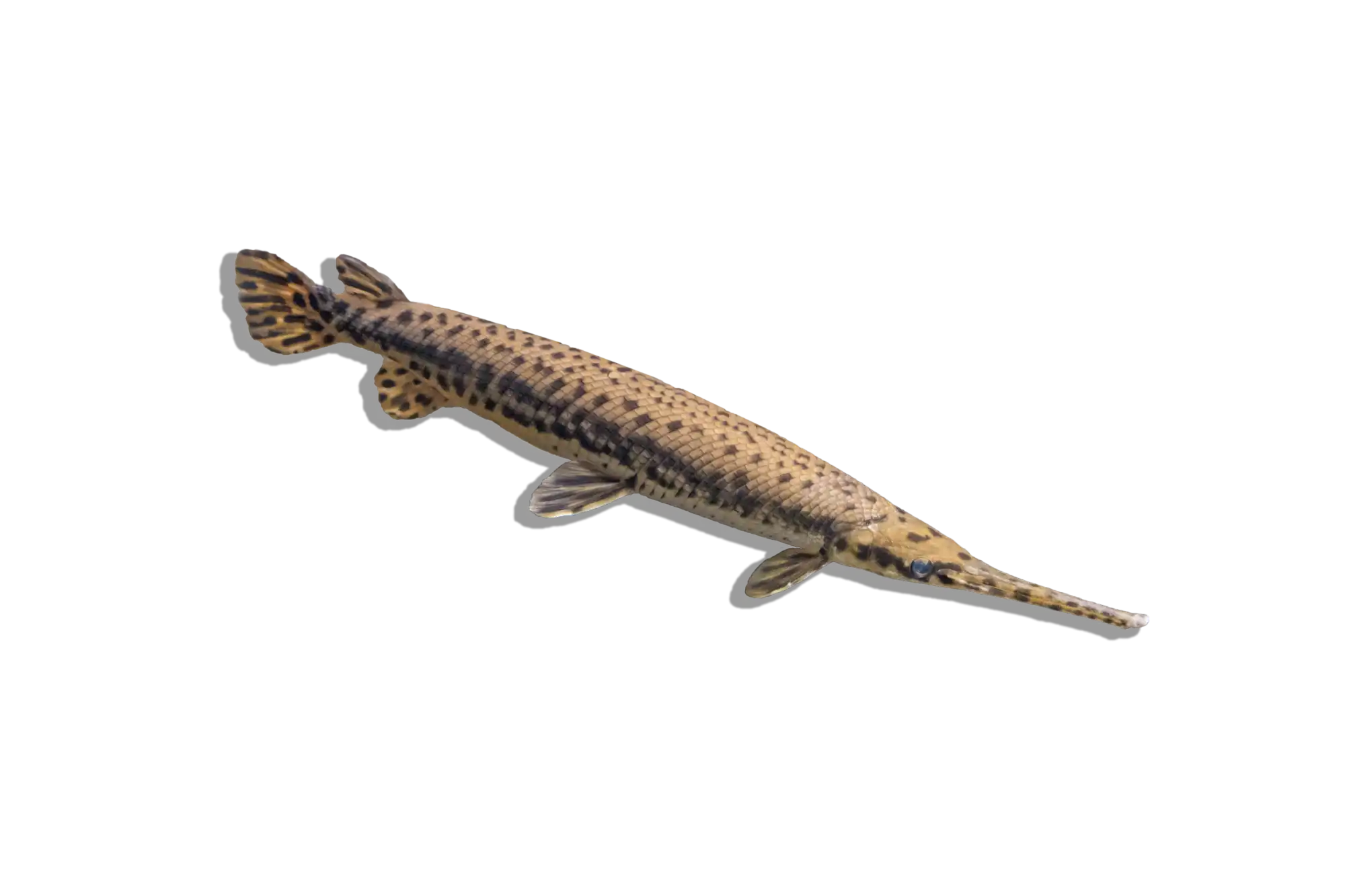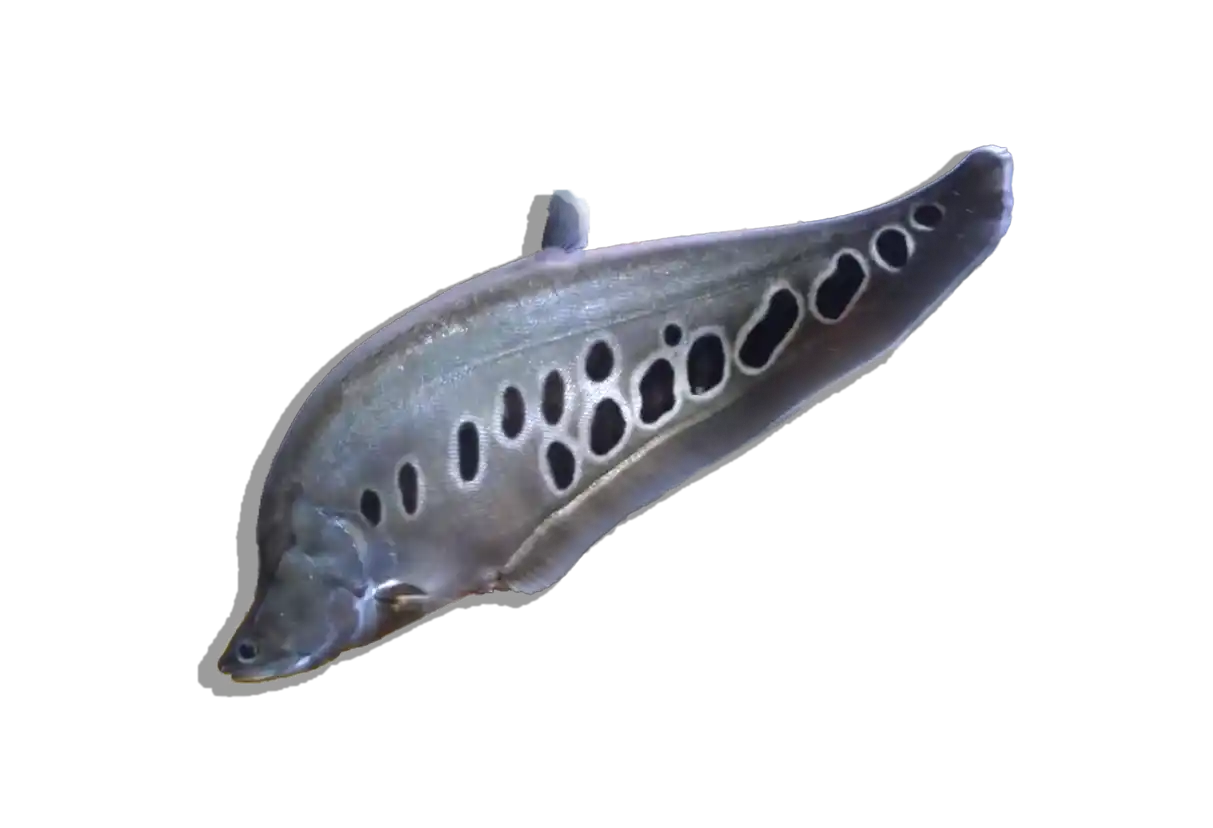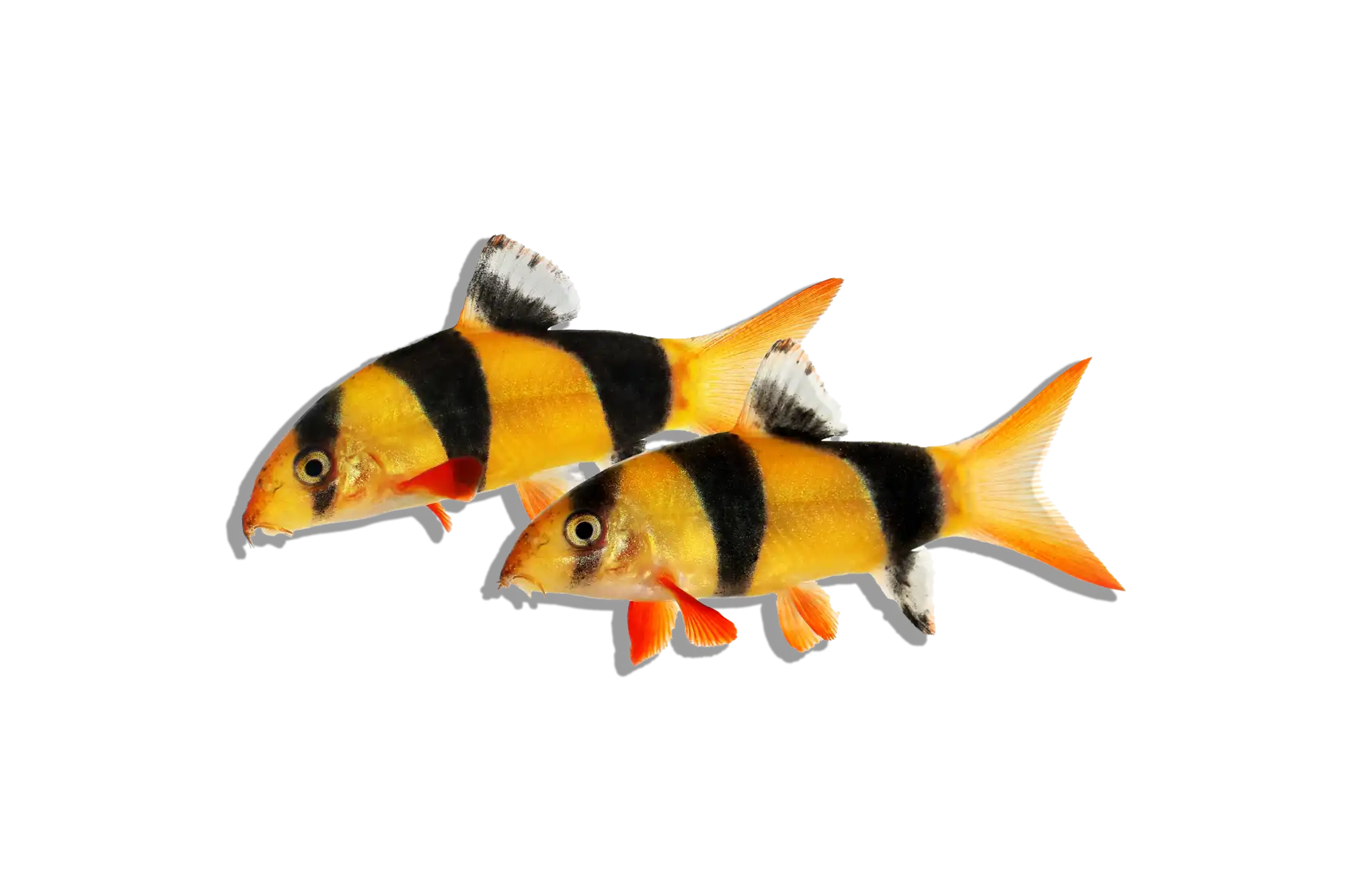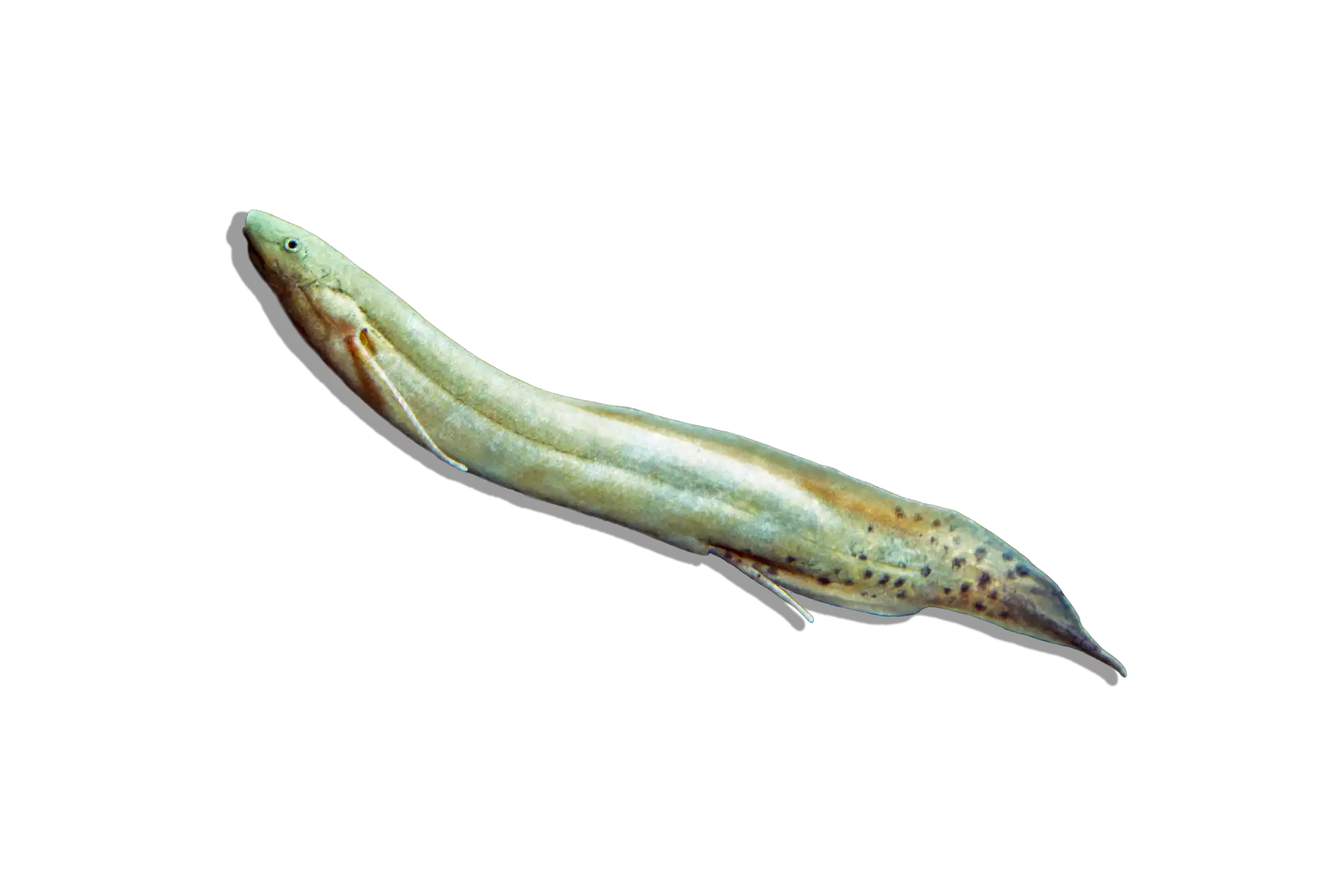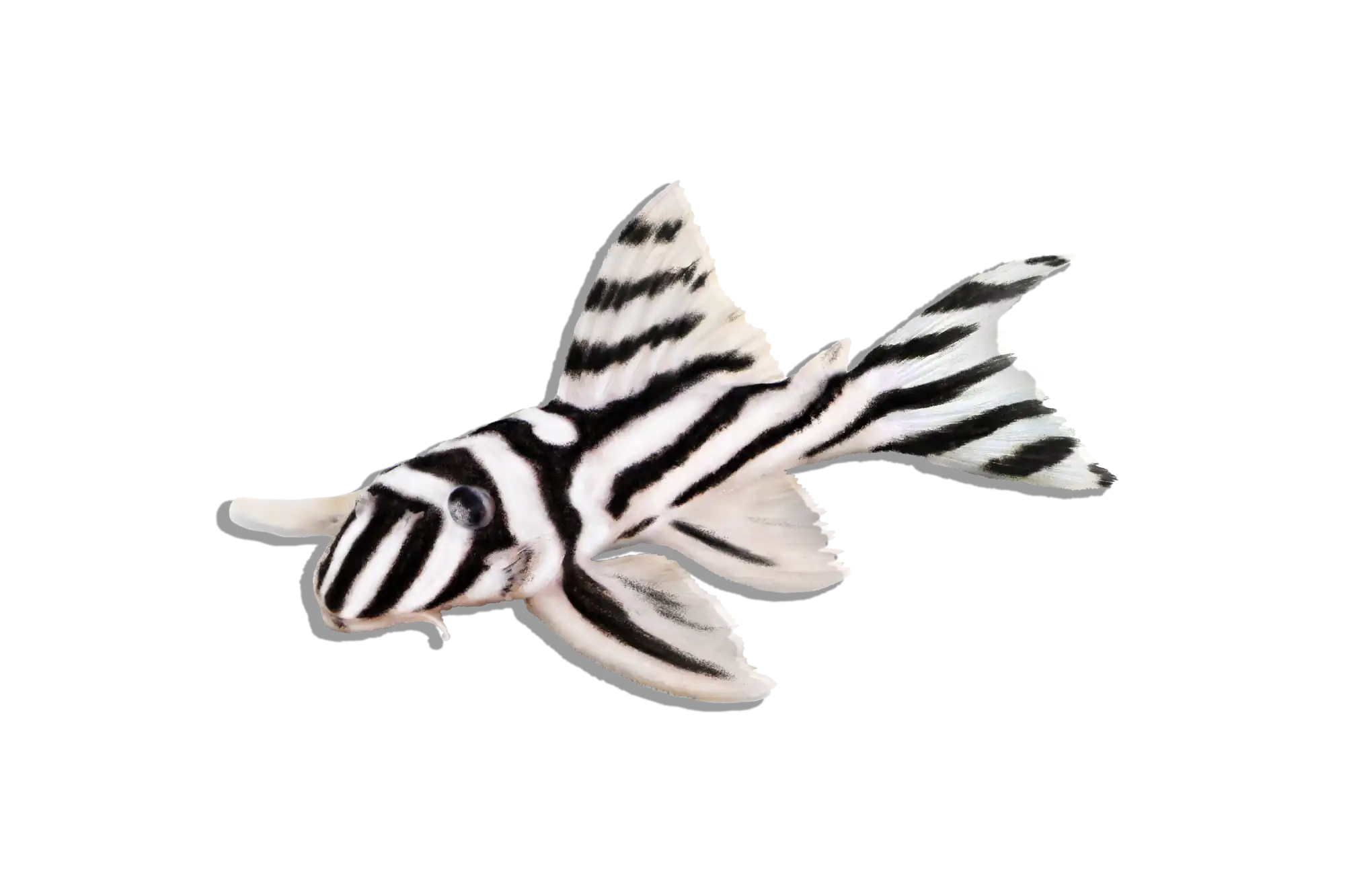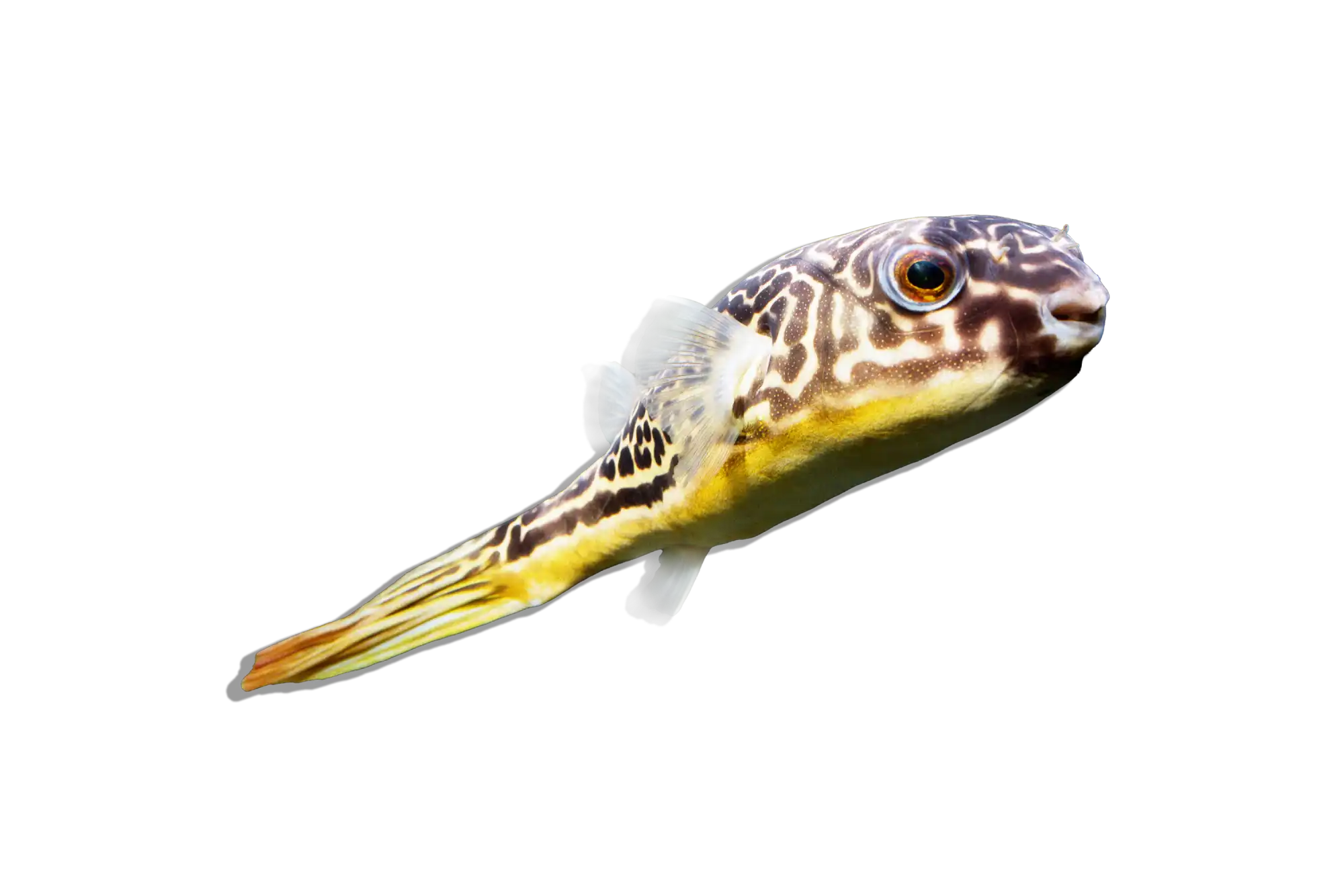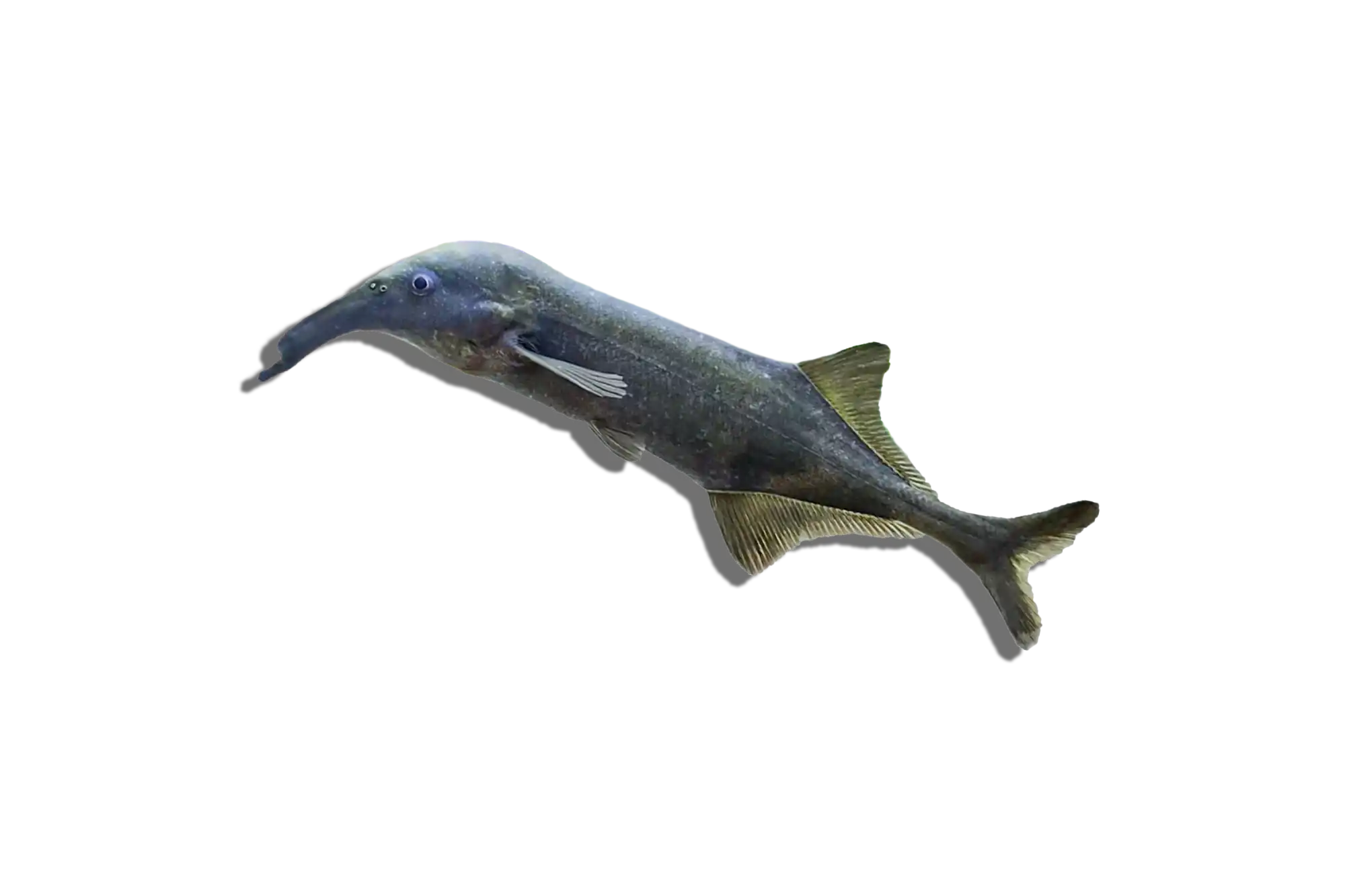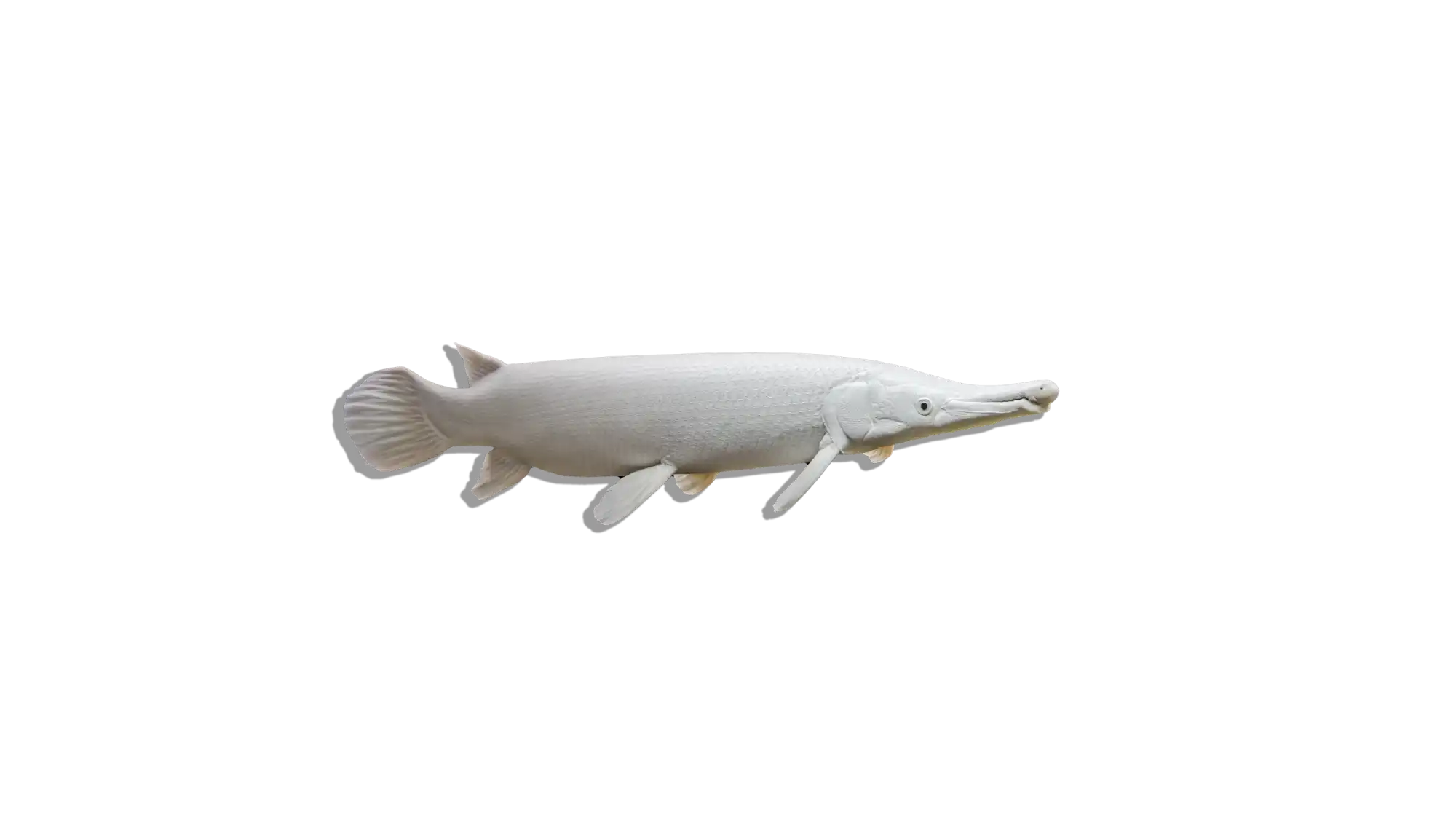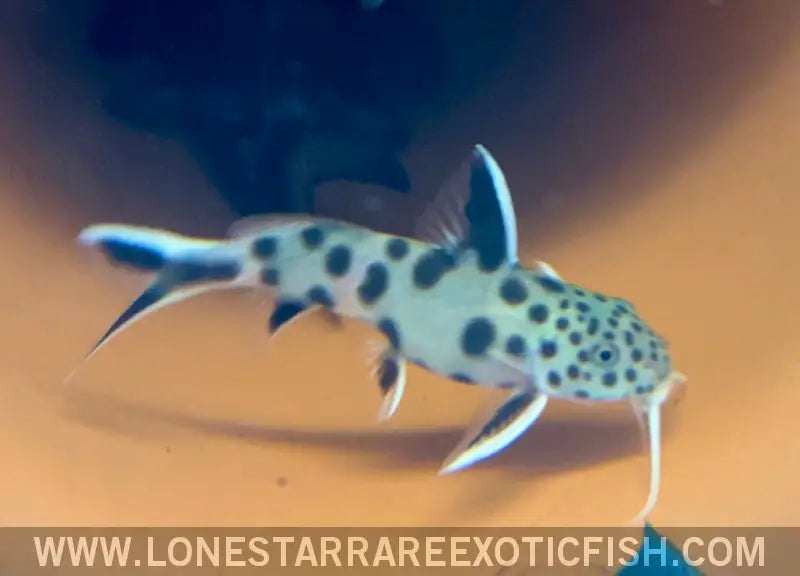Description
Common Name: Dwarf Cuckoo Catfish
Scientific Name: Synodontis petricola
Other Names: Pygmy Leopard Catfish, Petricola Synodontis, Lake Tanganyika Dwarf Catfish
The Dwarf Cuckoo Catfish is a small and attractive freshwater fish known for its striking spotted pattern and unique breeding behavior, which resembles that of a cuckoo bird. This species is popular among aquarists for its hardiness, peaceful nature, and intriguing interactions with other fish.
Habitat and Distribution: The Dwarf Cuckoo Catfish is native to Lake Tanganyika in East Africa, specifically in the rocky shorelines and shallow waters of the lake. These fish inhabit areas with abundant hiding spots among rocks and crevices, providing them with protection and ample foraging opportunities. The water in their natural habitat is typically warm, hard, and alkaline.
Size and Lifespan: In both the wild and captivity, Dwarf Cuckoo Catfish typically grow to about 4-5 inches (10-12 cm) in length. Their lifespan can range from 10 to 15 years, depending on the care and conditions provided in the aquarium. Ensuring a proper diet, clean water, and adequate space are crucial for their longevity and well-being.
Diet and Behavior: Dwarf Cuckoo Catfish are omnivorous and have a varied diet that includes insect larvae, small invertebrates, and plant matter in the wild. In an aquarium, their diet should consist of high-quality sinking pellets, live or frozen foods such as bloodworms, brine shrimp, and daphnia, as well as vegetable matter like spirulina flakes and blanched vegetables. These catfish are known for their active and social behavior, often seen swimming in groups and interacting with other tank mates. They are primarily nocturnal but can be active during the day in a well-lit aquarium with plenty of hiding spots.
Breeding and Reproduction: The Dwarf Cuckoo Catfish is known for its unique "cuckoo" breeding behavior. During spawning, they may deposit their eggs in the nests of mouthbrooding cichlids, relying on the cichlid parents to inadvertently care for their fry. Successful breeding in captivity can be challenging but is possible with the right conditions. Providing a spacious tank with plenty of hiding spots and maintaining excellent water quality can encourage spawning behavior. The presence of suitable cichlid hosts can also increase the likelihood of successful breeding.
Aquarium Care and Tank Requirements: To keep Dwarf Cuckoo Catfish, a tank of at least 30 gallons is recommended for a small group. The tank should include plenty of rocks, caves, and hiding spots to mimic their natural habitat and reduce stress. A sandy or fine gravel substrate is ideal, along with moderate water flow to simulate their natural environment. Efficient filtration and regular water changes are essential to maintain water quality. Providing a naturalistic environment with plenty of hiding spots and open swimming areas will help them thrive.
Ideal Tank Mates: Dwarf Cuckoo Catfish can be kept with other peaceful, similarly sized fish that share similar water parameter requirements. Suitable tank mates include other Lake Tanganyika cichlids, peaceful community fish, and other synodontis species. Avoid housing them with overly aggressive or significantly larger fish that may cause stress or pose a threat.
Difficulty Level: Beginner to Intermediate. While they are hardy and adaptable, their specific dietary needs and requirement for clean, well-oxygenated water require attentive care and a well-maintained aquarium.
Water Parameters:
- Temperature: 75-82°F (24-28°C)
- pH: 7.8-9.0
- General Hardness (GH): 10-20 dGH
- Carbonate Hardness (KH): 8-12 dKH
- Ammonia: 0 ppm (ideal), up to 0.25 ppm (max)
- Nitrite: 0 ppm (ideal), up to 0.25 ppm (max)
- Nitrate: <20 ppm (ideal), up to 40 ppm (max)
Additional Information:
- The Dwarf Cuckoo Catfish’s vibrant spotted pattern and active behavior make it a delightful addition to community aquariums, adding both beauty and interest.
- These fish are known for their peaceful nature and ability to coexist with a variety of tank mates, making them versatile in community setups.
- In their natural habitats, Dwarf Cuckoo Catfish play a role in controlling populations of small invertebrates and contributing to the overall health of the aquatic ecosystem.
- Fun fact: The name "cuckoo" refers to their unique breeding strategy, where they mimic the behavior of cuckoo birds by laying their eggs in the nests of other fish, taking advantage of the parental care provided by the host species.

